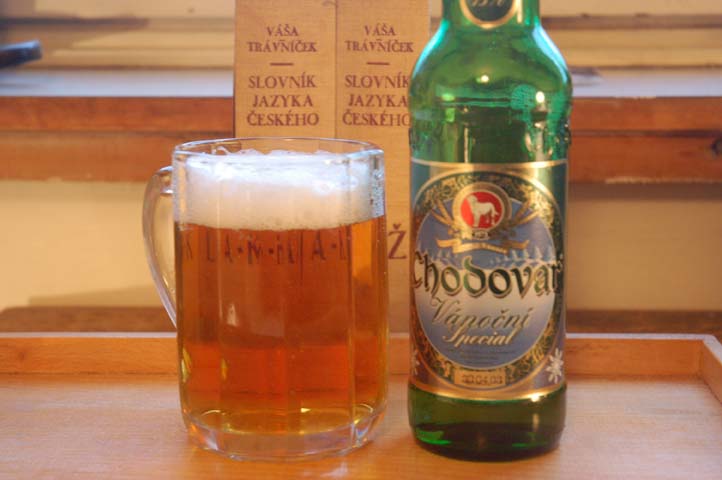
AUTHOR’S NOTE: It now appears that Heineken did not apply for the “Czech Beer” designation for its own brew, but rather on the part of Krušovice. This post has been corrected.
Today’s Prague Daily Monitor has a translation of a story from the Czech newspaper Hospodářské Noviny on the first beers to use the České Pivo (“Czech Beer”) label. Officially approved by the EU last autumn, the label is a mark of Protected Geographical Indication that indicates minimal levels of local products, traditional methods of production, and the beer’s place of origin.
And the first brand listed in the story is Heineken.







